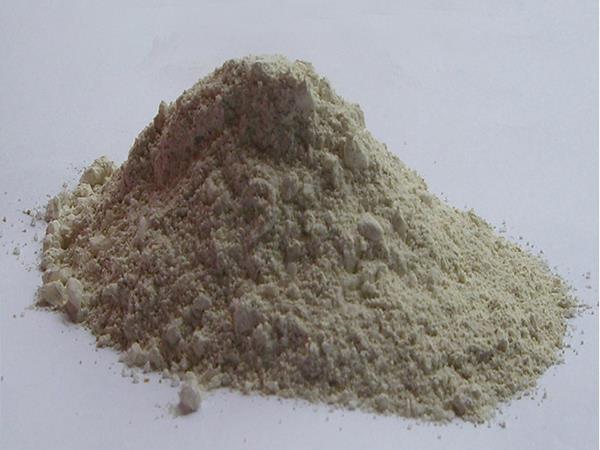The correct operation plan of the ramming material used in the bottom of the electric furnace
The quality and life of the ramming material used for the bottom of the electric furnace are very important to the operation and smelting effect of the electric furnace. At present, MgO-CaO-Fe2O3 dry ramming material is widely used in foreign countries as the bottom material, and they use high-calcium and high-iron magnesite as the raw material. , It is fired at high temperature (2250 degrees Celsius) and processed by crushing. This material is resistant to high temperature, erosion, and erosion. It has the advantages of rapid sintering, high toughness, and is not easy to float. Kiln Industry Co., Ltd. will take you to understand the correct operation method of ramming material used in the bottom of electric furnace:
(A) According to the size of the furnace bottom, prepare enough ramming materials, damp materials are not allowed to be used, and foreign objects are not allowed to be mixed;
(B) 5 layers of standard bricks are built on the bottom of the furnace bottom, and the ramming material is directly laid on the laid bottom layer. If the construction is carried out on the original bottom layer, the bottom layer should be cleaned to expose the bricks and remove the surface residues;
(C) The total thickness of the knot is 300mm, and the knot is divided into 2 layers, each layer is about 150mm thick, hit with a hammer or step into a pot bottom shape;
(D) After the first layer of ramming is completed, use a rake to rake out "cross" and "X"-shaped grooves with a depth of about 20mm, and then put another layer of ramming material to step on or tamp it so that the two layers are separated. can be better combined (special attention should be paid to solidify the edges);
(E) After knotting, use a steel rod with a diameter of about 4mm to apply a pressure of 10Kg to insert, and its depth does not exceed 30mm to be qualified;
(F) After laying, use a thin iron plate (or 2-3 layers of large blades) to cover all the furnace bottom materials;
(G) The electric furnace with the bottom material laid on it should be used as soon as possible, and should not be left for a long time.
Maintenance method:
(A) When smelting the first furnace, first use light and thin scrap to lay the furnace bottom to minimize the impact of adding scrap, and it is strictly forbidden to use heavy scrap to impact the furnace bottom, and the two batches of scrap before smelting do not blow oxygen and let it melt naturally. , the temperature of power transmission should not be too fast, and the furnace should be cleaned according to the situation;
(B) The first 3 furnaces adopt the operation of leaving molten steel to facilitate furnace bottom sintering;
(C) When smelting the first furnace, it is strictly forbidden to bury the pipe and blow oxygen;
(D) If a certain part of the bottom of the furnace is washed too much or a pit appears locally, blow out the pit with compressed air, or add dry ramming material to the pit for repair after the molten steel has been removed. And use the rake bar to compact it, pave it flat, and you can continue to use it.
The above isramming materialThe correct operating concept for the bottom of an electric furnace

Related News
- Introduction of construction method of ramming material in intermediate frequency furnace
- How to choose the material of furnace lining
- The difference between rammer and castable
- Application direction of intermediate frequency furnace refining
- Introduction to the construction method of dry ramming material
- Do you know the production process and control points of breathable bricks?
- The application of argon blowing technology at the bottom of the intermediate frequency furnace
- Method for prolonging service life of intermediate frequency furnace lining
- In addition to diffused breathable bricks, there are those types of breathable bricks
- What are the advantages of coil cement
- What is the material of the intermediate frequency furnace lining
- How to remedy cracks in ramming material
- Introduction to the solution to cracks in the ramming material of the intermediate frequency furnace
- What are the advantages of using coil cement
- What kind of furnace lining is qualified
- Introduction to the causes of damage to the lining of the electric furnace
- Introduction of remedies for cracks in ramming material
- Difference analysis between dry and wet charging of intermediate frequency furnace charge
- What are the methods to improve the success rate of ladle blowing with argon
- Introduction to the difference between dry vibrating material and ramming material


